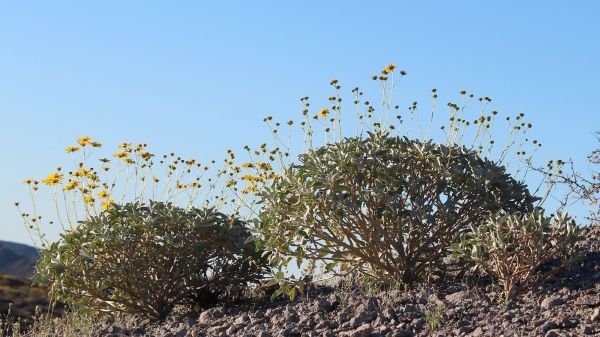That’s the finding of a new study from University of Utah researchers, who found that although the shrubs’ efficiency increases are unprecedented and heroic, they may not be enough to adapt to the long-term drying trend in the West.
“The Southwest is in a really dry period,” says Steven Kannenberg, postdoctoral research associate in the U’s School of Biological Sciences, “and this is further evidence of how much the ‘megadrought’ has impacted plant functioning and how anomalous this period is.”
The study is published in Proceedings of the National Academy of Sciences and was funded by the National Science Foundation, the U.S. Department of Energy, the U.S. Department of Agriculture and the David and Lucille Packard Foundation.
Continue reading at University of Utah
Image via University of Utah


